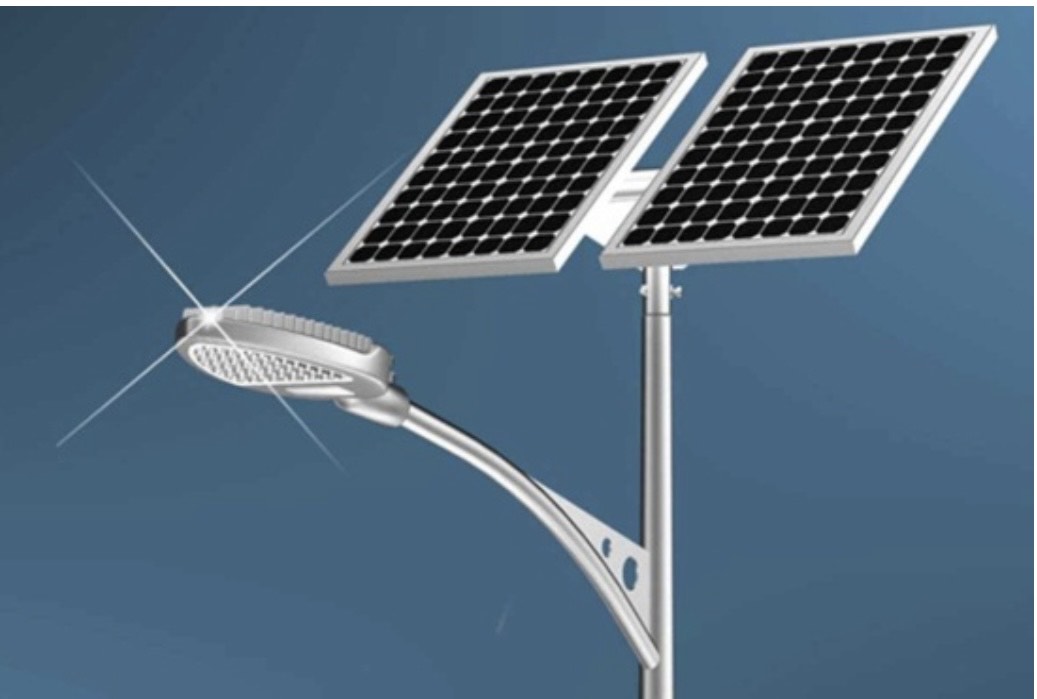Street lighting monitoring system
Idea Description
Street lighting depends on a device usually called photoresistance.
This component is primarily responsible for controlling the on and off electrical circuit of street lighting poles.
Smart street lighting or adaptive street lighting refers to public street lighting that adapts to the movement of pedestrians, cyclists and cars.
The lighting dims when no activity is detected but lights up when motion is detected.
This type differs from the traditional fixed lighting that sets certain times for lighting and separating street lamps.
Challenges The Idea is Addressing
Certainly, traditional street lights cause light pollution. Light pollution certainly affects humans and wildlife. However, advances in lighting technology have enabled local authorities today to control street lights remotely. Reducing carbon emissions and light pollution, protecting local flora and fauna, controlling the entire lighting infrastructure, which leads to a reduction in maintenance costs.
Benefits of Idea Implementation
Street lighting works to illuminate roads, parking lots, sidewalks, and other public places. It works to improve security and safety by improving visibility in poor lighting conditions. Smart street lighting, consisting of motion sensors and lighting controllers, dims the street lights and provides true illumination on demand, reducing energy consumption, carbon dioxide emissions and light pollution.
Proposed Number of Team Members
5 persons
Team Members

















